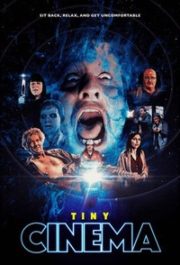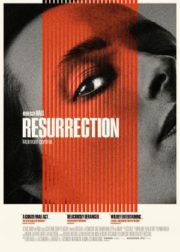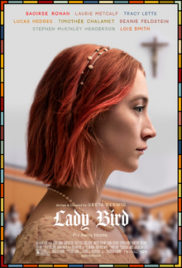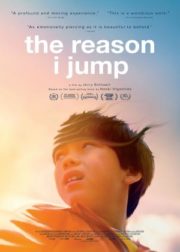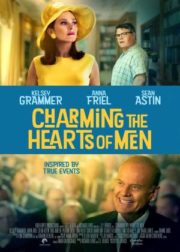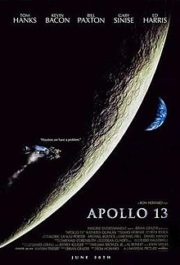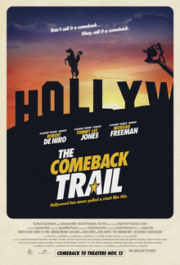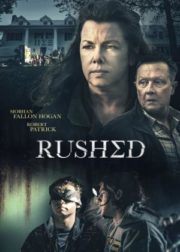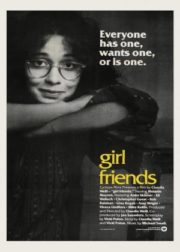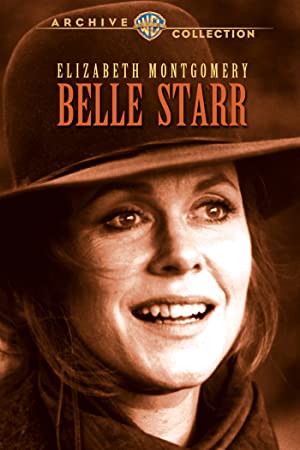
“Belle Starr” is a Western film released in 1980, directed by John A. Alonzo. The film stars Elizabeth Montgomery in the title role, along with Cliff Potts, Michael Cavanaugh, and Jesse Vint. “Belle Starr” tells the story of the notorious American outlaw Belle Starr, offering a fictionalized account of her life and adventures.
Plot Summary:
Set in the late 19th century, the film follows the life of Belle Starr (Elizabeth Montgomery), a strong-willed and independent woman who becomes entangled in a world of crime and lawlessness. After her husband is killed, Belle turns to a life of banditry, joining forces with outlaw Cole Younger (Cliff Potts) and his gang.
As Belle’s reputation as an outlaw grows, she becomes a symbol of rebellion and freedom in the Wild West. She robs banks, stages daring heists, and outwits law enforcement at every turn. Along the way, Belle forms a complicated relationship with Cole Younger, who struggles to balance his loyalty to the gang with his growing affection for Belle.
However, as the law closes in on them, Belle must confront the consequences of her actions and decide whether to continue down a path of crime or find a way to redeem herself.
Themes and Impact:
“Belle Starr” explores themes of female empowerment, independence, and the struggle against societal expectations. The film portrays Belle Starr as a strong and defiant woman who refuses to conform to traditional gender roles. Her fearless nature and determination to live life on her own terms make her a captivating and empowering character.
The film’s impact lies in its depiction of Belle Starr as a feminist icon within the Western genre. It challenges the stereotypes and conventions of the time, presenting a complex and multidimensional female protagonist who defies expectations. Elizabeth Montgomery’s performance as Belle Starr is a standout, capturing the character’s strength and vulnerability with nuance.
While “Belle Starr” received mixed reviews upon its release and did not achieve widespread commercial success, it remains noteworthy for its portrayal of a female outlaw in a male-dominated genre. The film adds to the broader cinematic conversation about women’s roles in Western narratives and their ability to challenge societal norms.
Conclusion:
“Belle Starr” is a Western film that offers a fictionalized account of the life and adventures of the infamous outlaw. Elizabeth Montgomery delivers a strong performance as Belle Starr, capturing the character’s spirit and rebellion. The film’s exploration of female empowerment and its challenge to traditional gender roles make it a notable entry in the Western genre. While “Belle Starr” may not have attained widespread recognition, it contributes to the ongoing dialogue about women’s representation in cinema and their ability to defy expectations.
Submit your review | |
Belle Starr, directed by John A. Alonzo and released in 1980, is a Western drama that explores the life of the notorious outlaw Belle Starr. Although the film doesn't quite reach the heights of other Western classics, it offers an intriguing portrayal of a strong-willed woman navigating a harsh and unforgiving landscape.
The film follows Belle Starr, played by Elizabeth Montgomery, as she becomes entangled in a life of crime and violence. Set against the backdrop of the American West in the late 19th century, Belle finds herself caught between the allure of adventure and the desire for a more peaceful existence. As she navigates dangerous territory and confronts personal demons, Belle must find her own path amidst a world dominated by lawlessness and chaos.
Elizabeth Montgomery delivers a spirited performance as Belle Starr, bringing both vulnerability and strength to the character. She portrays Belle as a complex figure, torn between her outlaw persona and her longing for a more stable life. Montgomery's portrayal captures the internal struggles and conflicting emotions of a woman who defies societal expectations.
The film benefits from its authentic production design and stunning cinematography, effectively capturing the rugged beauty of the Western landscape. The dusty towns, sprawling prairies, and rugged mountains provide a fitting backdrop for the narrative, immersing viewers in the harsh realities of the time period. The film's score, composed by John Scott, further enhances the atmosphere and adds to the emotional depth of the story.
While Belle Starr is an engaging character study, the film does suffer from pacing issues and a lack of narrative depth. The story occasionally meanders and fails to fully explore the complexities of Belle's character. Additionally, some supporting characters feel underdeveloped, which limits the overall impact of the film.
Despite these shortcomings, Belle Starr is worth watching for its portrayal of a strong, independent woman in a male-dominated world. It highlights the struggles and challenges faced by women during that time, as well as their resilience and determination to forge their own path. The film's exploration of identity, loyalty, and the consequences of one's actions adds depth to the narrative and keeps viewers engaged.
In summary, Belle Starr offers a compelling glimpse into the life of a fascinating historical figure. While it may not reach the heights of other Western classics, it delivers an engaging story with a spirited protagonist at its center. If you have an appreciation for Westerns and enjoy character-driven dramas, Belle Starr is a worthwhile addition to your watchlist.

